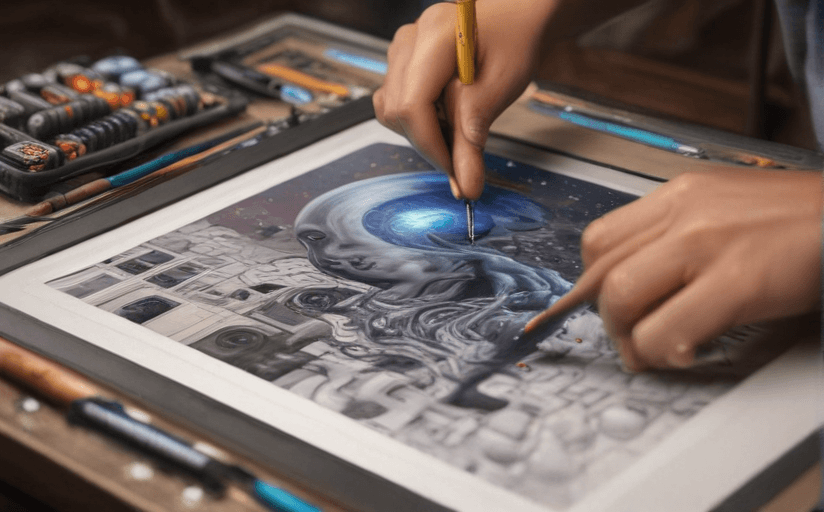Art and digital technology: an evolving symbiosis
Art and technology have always shared a symbiotic relationship, each influencing the other in various and unexpected ways. The contemporary era, characterized by rapid technological advancements, is witnessing an unsurprisingly deep impact on art. Currently, digital technology is making significant strides, and its influence on contemporary art is palpable.
Contemporary digital artforms
As the weaponry of digital technology expands, so do the artforms that artists can explore. Digital art is not just restricted to digital painting or digital photography, but now also includes cutting-edge forms such as virtual reality art, algorithmic art, and data visualization. Artists like Refik Anadol make use of 3D data visualizations to create mesmerizing pieces that challenge perceptions of physical and virtual spaces.
Art showcases on digital platforms
Art has always been showcased in museums, and galleries where people gather to appreciate the work of artists. In the digital era, artists now have the world at their fingertips. Platforms like Instagram, ArtStation, Behance, and DeviantArt have become significant spaces for artists to showcase their work. With these platforms, art is no longer confined to physical boundaries and has the potential to reach global audiences.
Digital tools for art creation
Before digital technology made its way into the art scene, artists used physical tools to create their masterpieces. Today, digital tools for art creation such as Adobe Photoshop, Procreate, and Blender, have revolutionized the way art is made. These tools have not only made art creation more accessible but have also allowed artists to experiment with a myriad of techniques and styles impossible with just physical mediums.
Promoting art appreciation and criticism
Digital technology plays an instrumental role in promoting art appreciation and criticism. With social media platforms and blogs, anyone can share their views on various art pieces, fostering a global conversation around art. This immediate feedback loop can provide artists with valuable insights and contribute to their growth and development.
Case Studies: Artists and the Impact of their Work
Consider the work of digital artist Beeple, whose piece Everydays: The First 5000 Days sold as a non-fungible token (NFT) for $69 million at Christie's auction house. This unprecedented event underlines the transformative power of digital technology in art. Artists such as David Hockney have also made the transition to digital, creating exquisite pieces on an iPad, blending the boundary between traditional art mediums and digital tools.
In conclusion, the interplay between art and digital technology continues to redefine the contours of the art world by bringing in newer art forms, platforms, tools, and appreciation avenues. As technology continues to evolve at a rapid pace, it only opens up exciting possibilities for the intersection of art and technology.

















Comments
Leave a Comment